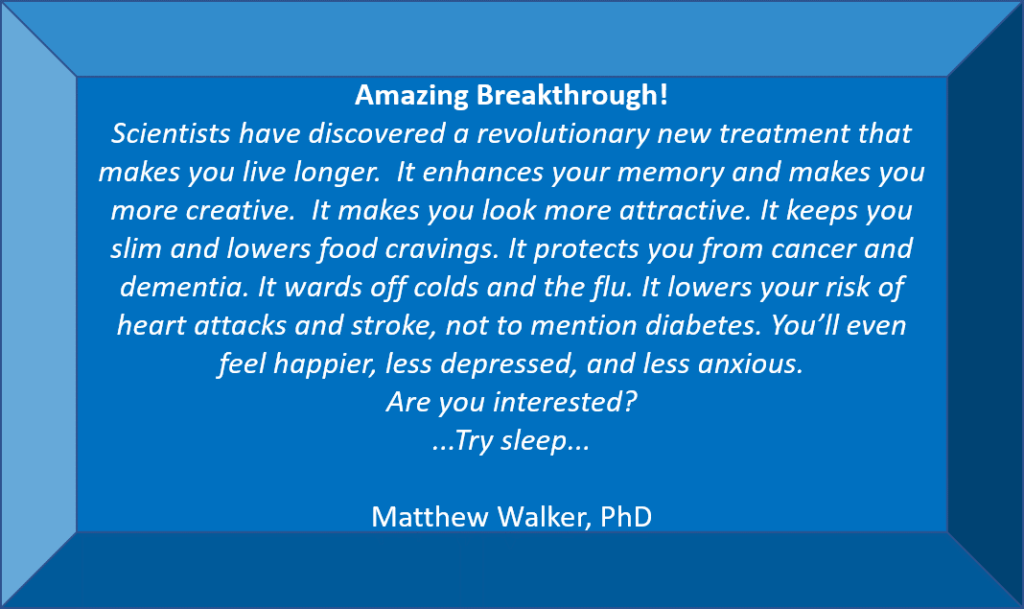When corporate health programs first appeared in Europe 20 years ago, the focus was mainly on physical health. These programs included quit smoking initiative, fitness centers, teams and fitness challenges, nutrition campaigns, and if you were lucky, seated massages
Corporate health strategies and their related programs have considerably evolved since. Employers are now using and leveraging wellbeing programs to increase employee engagement and to help them turn their organisations into Employer of Choice. They do this by combining traditional wellbeing initiatives with career development, leadership programmes and organisations’ purpose and values.
Therefore, all wellbeing initiatives that used to be at the heart of any corporate health programme, that used to make employees fantasise about their dream workplace – especially employees who did not work for Google and therefore did not have free massages, table-tennis/football tables in the middle of the cafeteria, free fruits and snacks, funky rest areas or few slides to go from 2nd to 1st floor – are now considered nice perks but no more motivating and definitely not that critical. Or could it be that we are taking such ‘perks’ for granted: “A gym at my workplace is just normal, isn’t it?” And we only notice them when they are no longer offered?
And yet, aren’t we making a huge mistake by neglecting wellbeing initiatives targeting physical health? When we know the gap between what employees need, appreciate and expect from a wellbeing program and what their employers offer, as stated in Deloitte’s 2018 Global Human Capital Trends report, perhaps we should rethink our strategy to better meet these needs.
Yes, employees want to have spaces or rooms dedicated to their health and wellbeing, such as a rest or meditation areas. Yes they appreciate healthy snacks and food at the company restaurant. And yes they also want to get medical checks and programmes to help them quit smoking, or lose weight.
However, a huge gap remains between what employees would like to get on site and what their employer offers them. Indulge me here a personal comment – I have the right as this is my article after all – if health & wellbeing strategies really considered employees’ needs, expectations, wishes and health risks, the impact on performance and engagement would be so much greater. So let’s see how to bridge the gap to meet employee needs.
Physical Inactivity and lack of sleep
When we know that sedentary lifestyle is considered a silent killer, same as smoking, and is ranked 4th on the list of mortality risk factors, we simply cannot ignore such aspect of employees’ physical health. And the waves of confinement, full-time home office, home schooling and other unpleasant experiences we all went through in 2020 (and some of us are still in!) have not improved the situation! Encouraging non-sedentary lifestyle and supporting physical activity during working hours (yes, during, not only before or after) must be a key priority of your corporate wellbeing strategy.
In addition, there is another aspect of physical health that should not be overlooked by organisations: Sleep, rest, recovery, all essential for performance. Two-thirds of adults are tired and fail to obtain the recommended 7-8 hours of sleep a night. Our pace as human being has changed in past decades. Sedentary lifestyle, diabetes, obesity, depression, anxiety, a diet low in vitamins, chronic stress, all these factors drain us and leave us energy deprived. We are far more tired in 2021 than 40 years ago. While we sleep 1-2 hours less per night than our grandparents, we would actually need 1 to 2 hours more to compensate for the frantic pace we inflict to ourselves.

According to Matthew Walker, director of UC Berkley’s Sleep and Neuroimaging Lab, professor of neuroscience and author of the bestseller “Why we Sleep”, the economic cost of sleep deprivation is $ 411 billion in the US, $ 60 billion in Germany and CHF 8 billion in Switzerland. Over 30% of the Swiss population suffers from chronic sleep deprivation.
But is it really employers’ responsibility to help alleviate this global sleep deficit? Absolutely! Helping your employees to look after their sleeping and resting habits and ensuring they don’t suffer from lack of sleep should be one of your main priorities. Not only to reduce your absenteeism/presenteeism costs but also to increase your productivity.
According to Shleep, a leader in corporate sleep improvement, 40% of employees would like support from their employer when it comes to sleep, and this figure rises to 50% for Millennials. In addition, the # 1 priority for employees in terms of physical health is to get enough sleep. Add to that a few numbers: An employee who suffers from sleep deprivation loses the equivalent to two weeks of productivity each year. To give you an example, for a Fortune 500 company, it represents $ 80bn a year lost to lack of sleep. And I haven’t even mentioned the costs linked to safety at work. An employee who gets enough sleep reduces their accident risk by 70%.
How and when shall we talk about sleep, rest, recovery, within organizations? Exactly the same way we talk about leadership development, training and personal development, diversity, etc. We start by addressing the topic during seminars or specific training sessions on the subject, for leaders and employees. 70% of leaders surveyed in this McKinsey study recommend that employees be trained in sleep management, just like time management or communication. Then we respond to identified needs and risks. This can take several forms:
-
Encourage rest periods
It starts with making sure that employees are taking their holiday or are not stacking on overtime by cumulating 60-hour weeks. It also means encouraging employees to take their lunch break and any other short break they need to regenerate during the day, to have a rule that limits meetings except for emergencies between noon and 2pm, after 5pm, etc.
-
Have a culture that values disconnection
Indeed, if employees don’t feel free to take several breaks during the day to properly disconnect, the risks of sleep disturbance and non-recovery are already starting. The right not to be always reachable, to take a nap if necessary or to go to bed at 9pm remain fundamental for your business success.
-
Offer rest areas AND encourage senior leaders to use them to lead by example
Many organisations offer rest and meditation rooms, beautiful and so conducive to relaxation and recovery. So much so that these rooms are often used up to…20% of their capacity because the culture is such that employees do not feel free to use such areas or they face negative judgments. Yes, this example is true, it happened with two of my clients.
So, by all means, if you can afford it have such areas as it does respond to your employees needs, but please ensure that your management team also use such places to lead by example. It will send the right message, which is: it’s good to take some time to rest and recharge during working time. This will not negatively affect performance in any way, quite the opposite.
-
Better support (night) shift workers
There are experts in the field of shift work. They spend 24 hours with the different teams of shift workers and then, explain sleep cycles, circadian rhythm, the importance of nutrition at night and above all, how to better recover during the day. We know that (night)shift- workers, in the middle and long run, are in much poorer health than those who work during the day; it is therefore important to support these workers.
So yes, physical health has taken a back seat in recent years to the benefit of mental, social, emotional, and even financial and digital health. However, this should not mean that companies should stop including elements of physical wellbeing in their strategy.
Knowing the impact of a sedentary lifestyle on employee performance, and knowing what lack of sleep is costing companies, it’s no-brainer. These elements must be integrated into any strategy, especially since both physical activity and sleep and recovery are the foundations of resilience and employees’ mental and psychological health.


